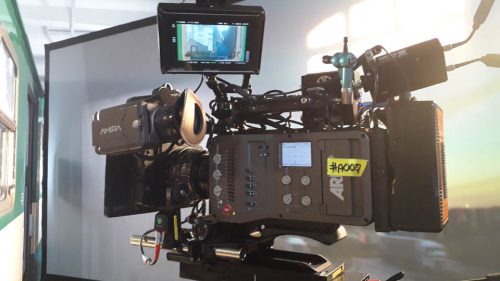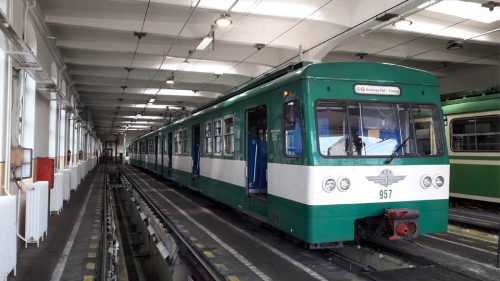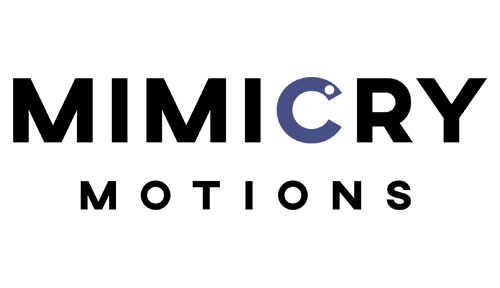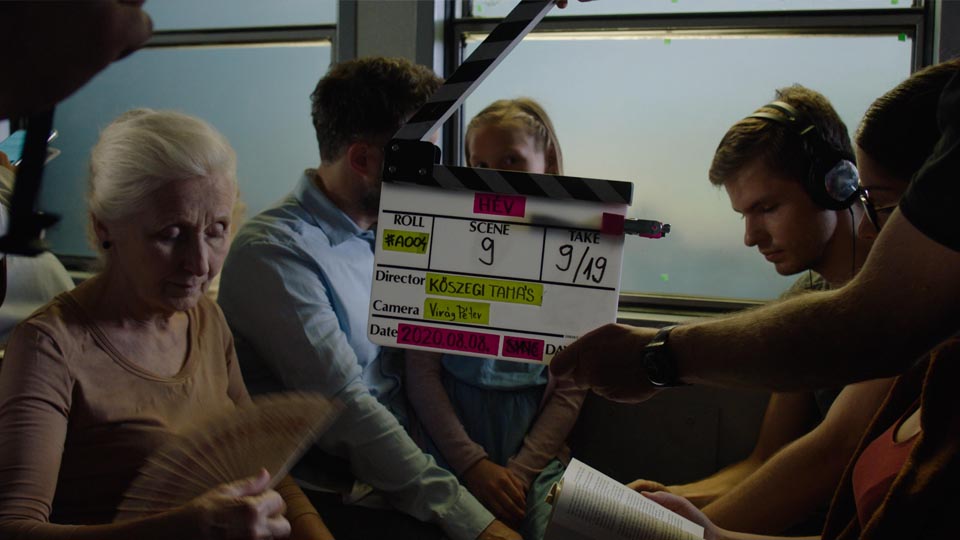 The upcoming campaign film for the HÉV extension was a production that went through several studios before finally finding a home with us. The reason was very simple: no director or production company was willing to undertake the commercial film, which used complicated animation solutions. The concept was that a member of the family traveling on the HÉV at a perfect sunset draws in the mist on the window, and this mist comes to life and becomes a magical storytelling device.
The upcoming campaign film for the HÉV extension was a production that went through several studios before finally finding a home with us. The reason was very simple: no director or production company was willing to undertake the commercial film, which used complicated animation solutions. The concept was that a member of the family traveling on the HÉV at a perfect sunset draws in the mist on the window, and this mist comes to life and becomes a magical storytelling device.
When the Mimicry team entered the production, there were countless implementation ideas, and the main direction was the greenbox canvas. According to the idea, we have to remove the glass from the HÉV train pulled out into the carbarn, pull up 20 meters of green canvas next to it, and after unlocking it we put whatever we want in its place. As soon as we heard the plan for the first time, we knew right away that this idea would have meant the end of the production immediately, because it would have caused many more problems than benefits.
In general, it is true that productions in film production like to use the green screen in situations where it is not appropriate or where much better VFX solutions are available. The main appeal of greenbox lies in the fact that – in theory – anything can be put into its place, it shifts the entire animation problem to the post-production phase, resulting in a much more stress-free shooting. However, from the point of view of the final result, this can very easily backfire: it often turns out afterwards that the entire shooting philosophy was wrong.

In this case, the Mimicry team was chosen precisely because we were able to keep both the direction and the post-production in one hand, which promised great security and the possibility of quality control. As soon as we were given a free hand, we immediately abandoned the greenbox solution and turned to the projected background instead. According to the idea, a huge screen will be stretched along the length of the HÉV car, and the previously recorded landscape will be projected onto it. The glasses also stay in place in the HÉV wagon, and when the camera is placed somewhere in this space, the illusion will already be perfect. This idea met with considerable resistance from the customer side, but in the end we managed to create the level of trust that allowed us to implement the idea. The main advantage of the idea was that the actors would have been sitting too close to the green screen, not only causing a lot of green reflex light on their faces, but the keying would have completely destroyed their fine hair and the folds of their clothes. In addition, a lot of complicated reflection problems had to be simulated afterwards, while with the projected background it all became perfect by itself. In addition, the main character did not have to point in the air, imagining a digital sheet of glass, but could freely use the surface of the window as a tool, promoting a more authentic acting.

The projected background tied our hands much more than the greenbox, as it also meant that we could not use anything other than the pre-recorded elements, and it reduced the amount of possible improvisation to zero. Although this can be scary at first, the problem can be completely eliminated with proper preparation and planning. The projection results in a level of visual fidelity that no greenbox post-production could give to the material. All in all, the critical part of post-production becomes part of the preparation of the shoot, as we have to deliver the materials ready in advance, on the morning of the shoot, which would be prepared only weeks after the shoot according to the original production idea.


You must be logged in to post a comment.